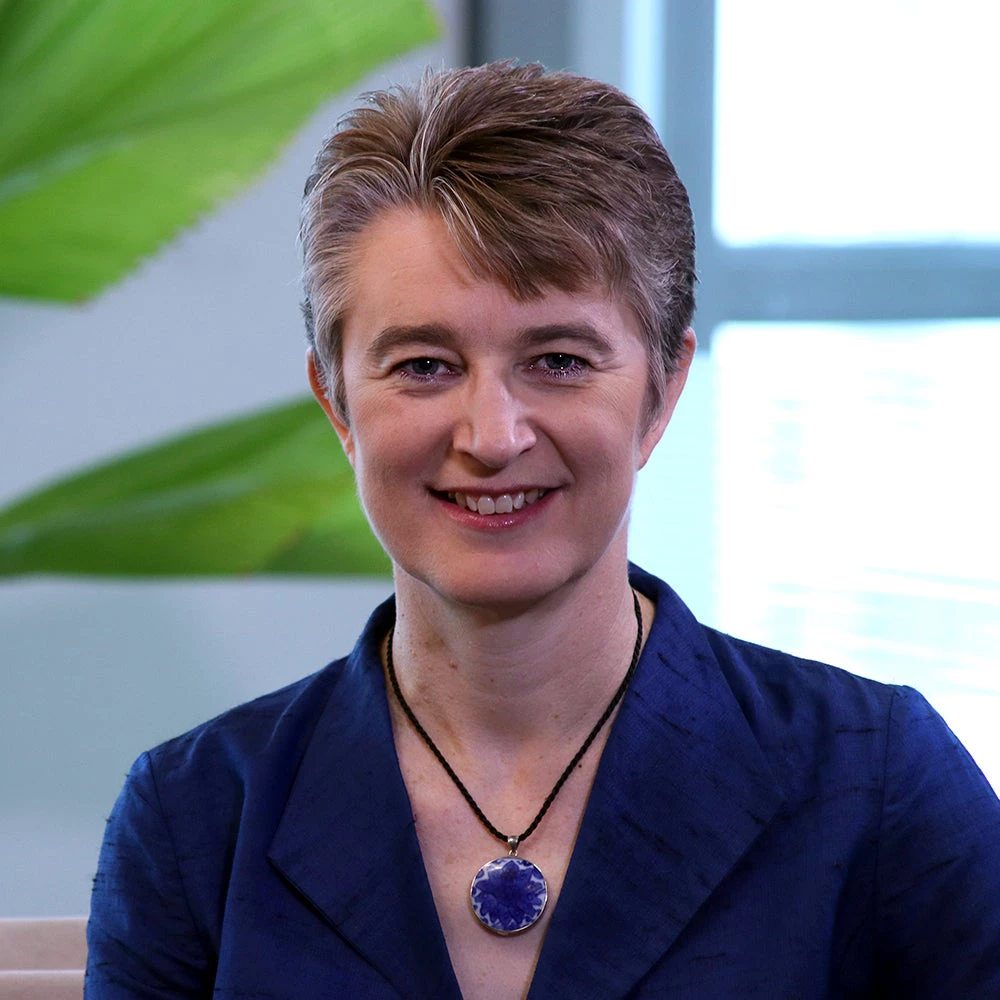 |
| A fireman showing the Bank's Global Disaster Management team around Onna. |
Two countries, two cultures, a world apart, but I have learnt this week that the human face of the Wenchuan and L’Aquila earthquake tragedies is not dissimilar. I am in the beautiful historic town of L’Aquila, devastated by the earthquake which struck the Ambruzzo region of central Italy at 3:30am on April 6, 2009.
Sharing global best practice is one of our most important jobs as Bank staff. This past week a group of eleven staff from all over the Bank, including four from country offices (Haiti, Aceh, Islamabad and Beijing), who all share the task of helping Bank clients prepare for and respond to disasters came to Italy to learn about the L’Aquila earthquake response. We are here as guests of the Civil Protection Agency of Italy – a most gracious host – to learn from their experiences in managing the L’Aquila earthquake. The mission has been organized by the Bank’s recently formed Global Expert Team for Disaster Management, of which I am a member.
 |
| Damage at Onna. |
Last Wednesday we visited Onna, a small village close to L’Aquila. As we pass through the police cordon and walk down the main street of Onna with collapsed masonry houses on either side, for a moment I feel like I am in Sichuan again. We can see clothes hanging in closets, their doors ajar on the top floor of a house that no longer has walls. Toys, personal papers and the daily paraphernalia of life is scattered through the masonry rubble. A fleet of crushed cars is neatly parked and fenced on a neighboring field. A foal – still on legs so spindly it must have been born after the quake – curiously noses the 42 bouquets of flowers lined up in memory of the villagers who died in this quake.
Just next to the devastation is an immaculately run tent camp housing more than 250 survivors. Blue tents arranged in neat rows surround the central camp services. A large tent houses the canteen, behind which is a fully-equipped cooking trailer. The lady in charge of the kitchen – a volunteer who has been in the camp since hours after the earthquake – apologizes that the espresso machine is not working, but assures us that another is on its way from Rome for the camp residents. She belongs to a volunteer organization from a neighboring region of Italy, fully trained and prepared by the Italian Civil Protection Agency to respond in just such an emergency. The lady tells us that she recently lost her job because of the economic crisis and she is glad to have the chance to contribute to the recovery of Onna.
The largest tent right in the center of the camp is the temporary church. Next to it is a wooden bell tower built by the fire brigade to house the bells that they retrieved from the collapsed church in the village, so that the bells may continue to ring out over Onna. Nearby, nuns attend infants and toddlers in a tented childcare center which opened 2 days ago. I am moved to see how volunteerism and religion are starting to bring this community together again to heal.
 |
| Volunteer in the camp at Onna. |
The team is particularly impressed with the professionalism of the volunteer movement – and we believe this is one of the amazing accomplishments of the Italian disaster response system. Twenty seven nationally registered volunteer groups and more than 3,000 locally registered groups are fully equipped and on standby at all times to assist their countrymen in the event of a disaster. The passion and professionalism of the volunteers we met this past week has made a strong impression on all of us and it is obvious how well they collaborate with the government and just how critical they have been to the success of the response to the L’Aquila earthquake.
This week has been a unique opportunity to gather new knowledge for the benefit of our own clients. It has also been an opportunity for me to understand, once again, that human tragedy from disasters has no borders, and that hope comes in the form of the many people who work so hard to help the victims recover.


Join the Conversation